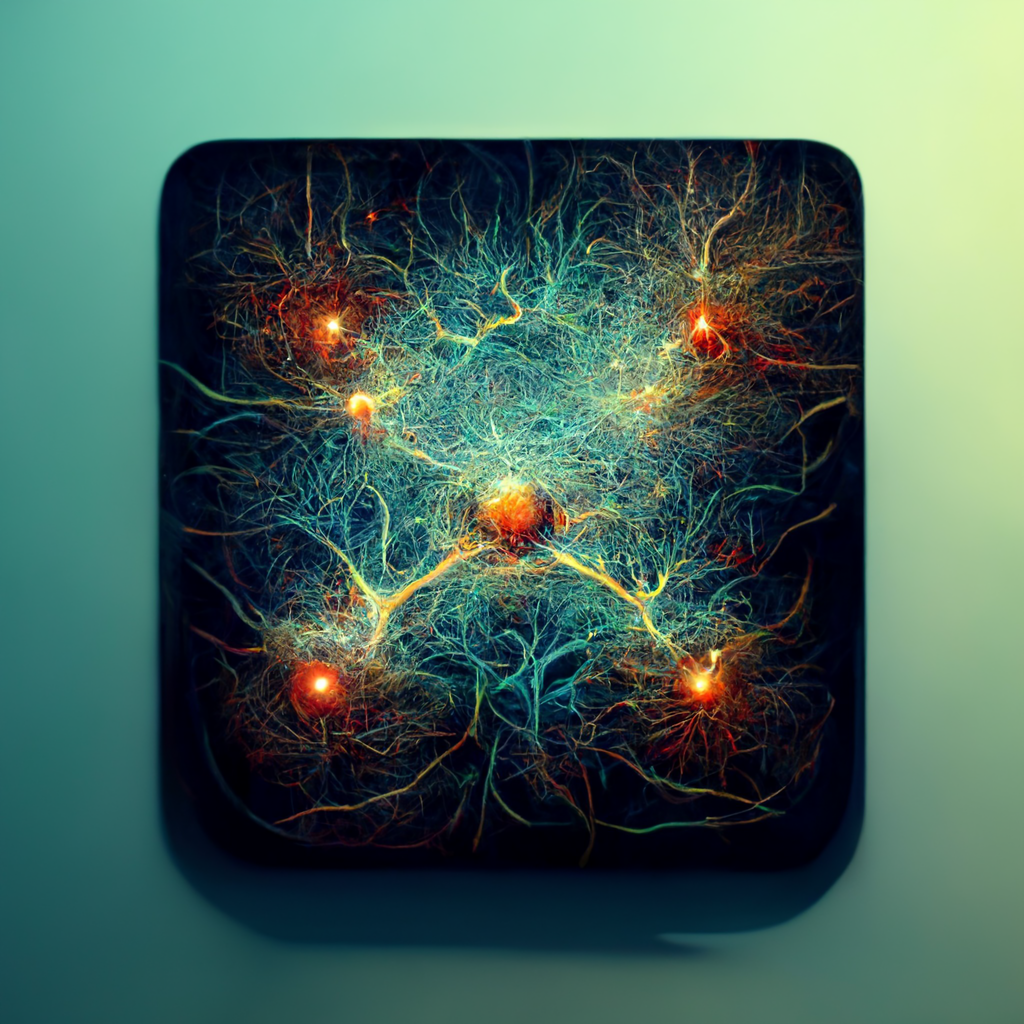Neural networks are powerful tools used in various fields such as image recognition, natural language processing, and pattern recognition. However, when it comes to certain problems, such as the XOR problem, neural networks face unique challenges. In this article, we will delve into the XOR problem, understand its intricacies, and explore how neural networks tackle this problem.
What is the XOR Problem?
The XOR problem is a classic problem in the field of machine learning. XOR (exclusive OR) is a logical operation that returns true only when the inputs differ. For example, if we have two inputs, A and B, the XOR operation would output true if A is true and B is false or vice versa. However, if both inputs are true or both inputs are false, the XOR operation returns false.
Basics of Neural Networks
Before we dive deeper into the XOR problem, let’s establish a basic understanding of neural networks. At its core, a neural network is an interconnected network of artificial neurons, also known as perceptrons. These perceptrons mimic the behavior of neurons in the human brain and are the building blocks of neural networks.
How do Neural Networks Learn?
Neural networks learn through a process called training. During training, a neural network adjusts its internal parameters, known as weights and biases, based on a given set of input-output pairs. This adjustment allows the neural network to make accurate predictions for unseen inputs.
XOR Problem with Neural Networks
The XOR problem poses a challenge for neural networks because it cannot be solved by a single-layer perceptron, the simplest form of a neural network. A single-layer perceptron can only learn linearly separable patterns, which means it can only classify inputs that can be separated by a straight line or a hyperplane.
Explaining XOR Problem with an Example
To understand the XOR problem better, let’s consider an example. Suppose we have two binary inputs, A and B, and we want to train a neural network to output the correct XOR result. If we create a truth table for XOR, we can observe that a single straight line or hyperplane cannot separate the inputs.
| A | B | XOR Output |
|---|---|---|
| 0 | 0 | 0 |
| 0 | 1 | 1 |
| 1 | 0 | 1 |
| 1 | 1 | 0 |
The Role of Activation Functions
To tackle the XOR problem, we introduce activation functions in neural networks. Activation functions introduce non-linearity to the network, enabling it to learn complex patterns and solve problems like XOR. Popular activation functions used in neural networks include sigmoid, ReLU, and tanh.
Limitations of Single-Layer Perceptrons
Single-layer perceptrons, which have only input and output layers, cannot learn XOR. This is because they lack the ability to capture non-linear relationships between inputs. They can only classify inputs that are linearly separable, which is not the case with XOR.
Introducing Multilayer Perceptrons
To overcome the limitations of single-layer perceptrons, we introduce multilayer perceptrons (MLPs). MLPs consist of multiple layers, including input, hidden, and output layers. The hidden layers allow for the extraction of higher-level features and enable the network to learn complex relationships.
Solving XOR Problem with a Multilayer Perceptron
In the case of the XOR problem, we can design an MLP with a hidden layer consisting of a few neurons. The additional layer allows the network to learn non-linear decision boundaries, making it capable of solving XOR. The hidden layer acts as a feature extractor, transforming the inputs into a suitable representation for the problem.
Training a Neural Network for XOR Problem
To train a neural network for the XOR problem, we need a labeled dataset of input-output pairs. We initialize the weights and biases of the network randomly and then use an optimization algorithm, such as gradient descent, to adjust the parameters iteratively. The goal is to minimize the difference between the predicted outputs and the actual labels.
Choosing the Right Architecture and Parameters
When solving the XOR problem, the architecture and parameters of the neural network play a crucial role. The number of neurons in the hidden layer, the choice of activation function, learning rate, and number of training epochs all impact the network’s performance. Experimentation and fine-tuning are often required to find the optimal configuration.
Overfitting and Regularization
During the training process, it’s essential to be mindful of overfitting. Overfitting occurs when a neural network becomes too specialized in the training data and performs poorly on unseen examples. Regularization techniques, such as dropout and weight decay, can help mitigate overfitting and improve generalization.
Evaluating the Performance of a Neural Network
After training the neural network, it’s crucial to evaluate its performance. Various metrics, such as accuracy, precision, recall, and F1 score, can be used to assess how well the network performs on the XOR problem. Cross-validation or a separate test set can provide a reliable estimate of the network’s performance on unseen data.
Conclusion
The XOR problem highlights the limitations of single-layer perceptrons and the importance of non-linear transformations in neural networks. Through the introduction of hidden layers and activation functions, multilayer perceptrons can successfully solve the XOR problem. Training the network with appropriate architecture and parameters is crucial for achieving accurate results.












Leave a Reply